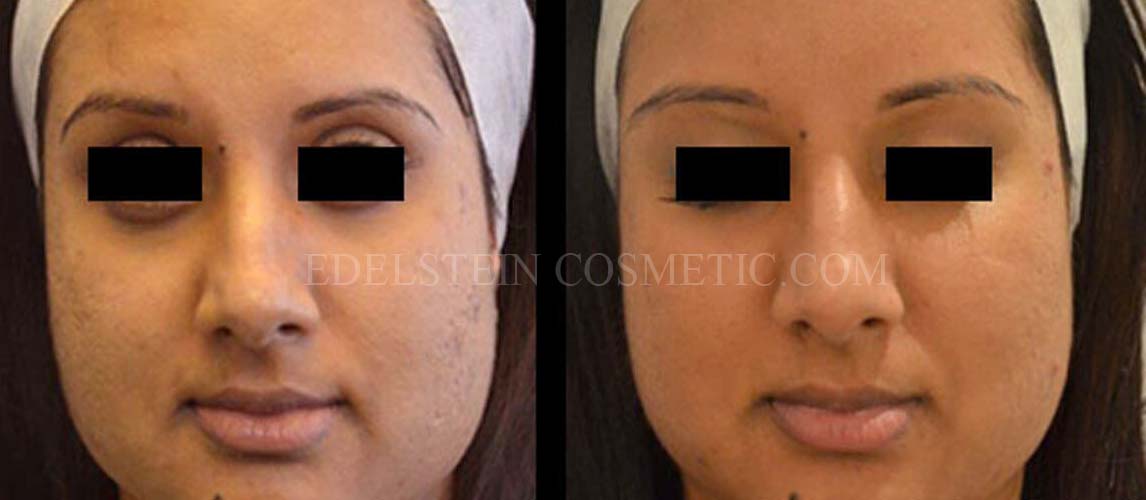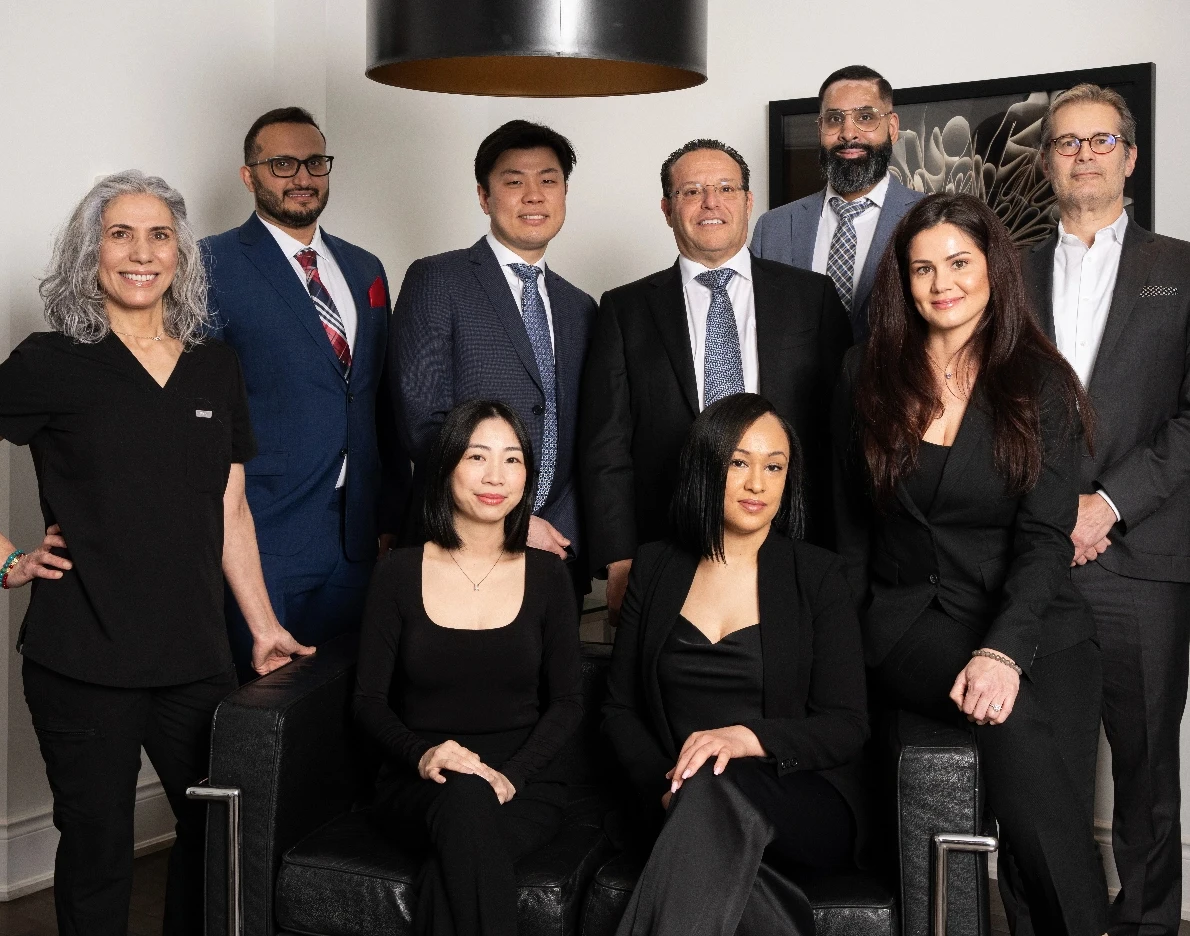Stopping Acne Scars From Developing In The First Place is Key
Edelstein Cosmetic helps patients with acne scars find the right solution to their needs while also taking their personal preferences and budget into account. Before recommending the best way to get rid of acne scars for you, our head medical aesthetician ensures that any active acne has been addressed first. Your skin type and condition are assessed; then an acne scar removal treatment regimen is formulated that incorporates one or more methods of treatment in order to most effectively reduce or eliminate scarring. The length of your regimen and treatment method depends on the type of acne scar(s) you may have. Please note that hypertrophic scars may require a more extensive regimen.




